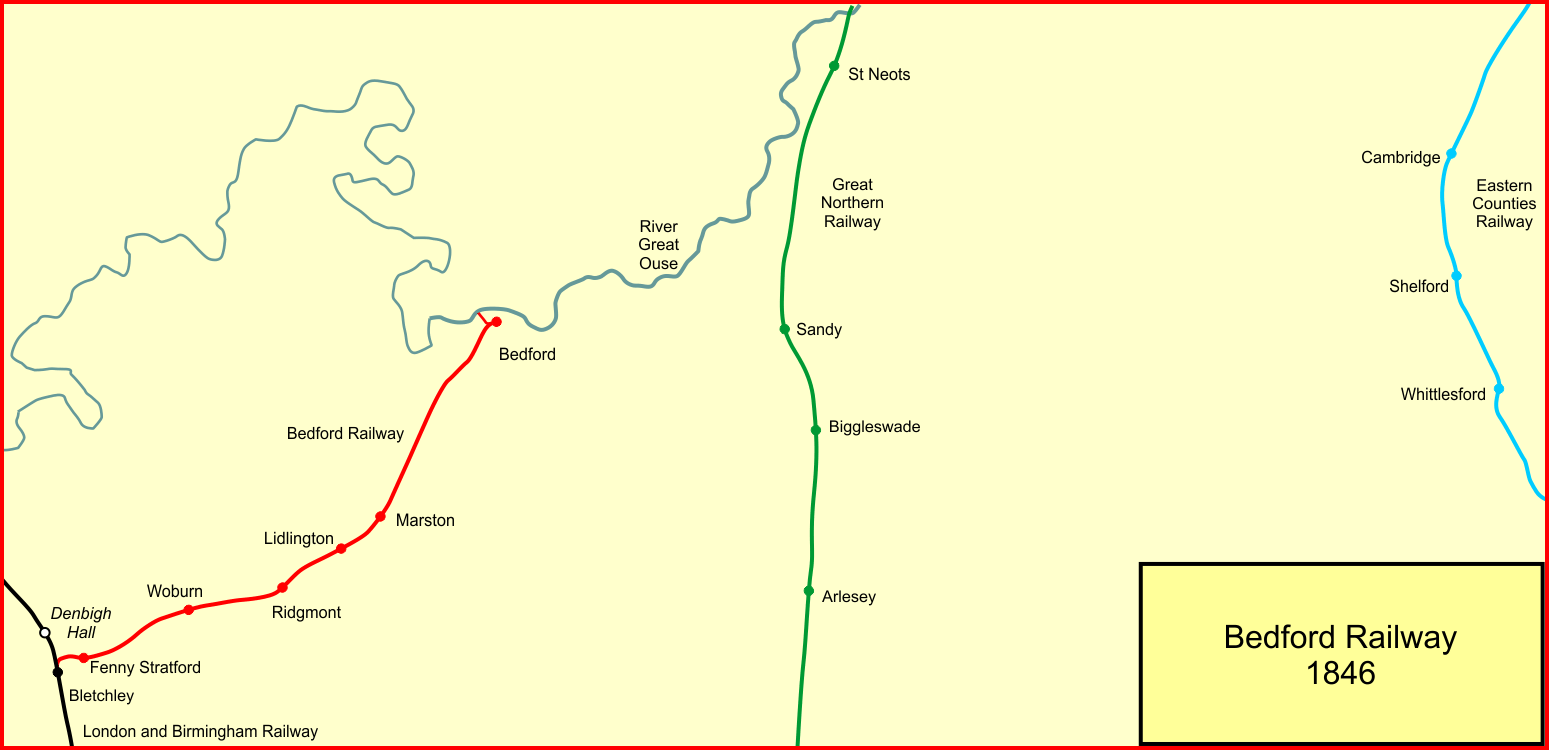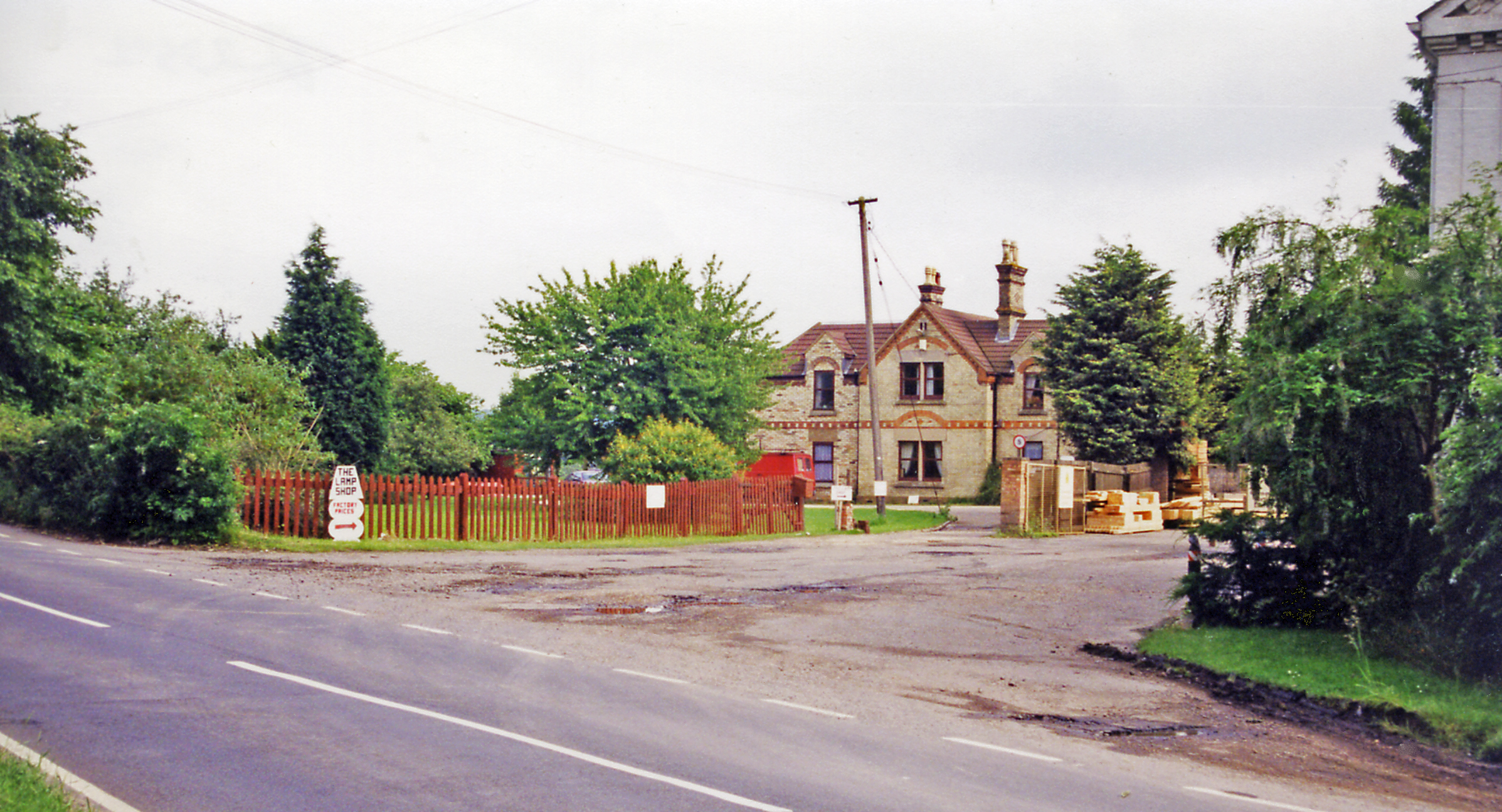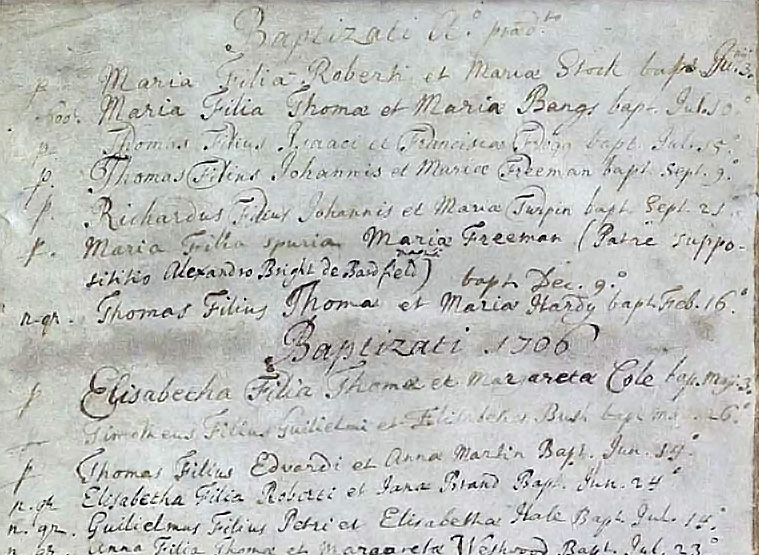|
Gamlingay Heath
Gamlingay is a village and civil parish in the South Cambridgeshire district of Cambridgeshire, England about west southwest of the county town of Cambridge. The 2011 census gives the village's population as 3,247 and the civil parish's as 3,568. In addition to Gamlingay village, the parish includes the outlying areas of Gamlingay Cinques, Gamlingay Great Heath and Little Heath. History An ancient village listed in the Domesday Book of 1086, the name comes from the Old English ''Gamelingei'', meaning "the enclosure of Gamela's people". There has been a settlement on the site since the middle Bronze Age and there are signs of occupation from the middle Stone Age. The village may have first been established around a central green south of the High Street (now known as Church Street); a complex of medieval buildings stood at the east end of the green, but only a tithe barn and the house known as 'Emplins' remain today. Another focal point was provided by the crossroads at the ... [...More Info...] [...Related Items...] OR: [Wikipedia] [Google] [Baidu] |
South Cambridgeshire
South Cambridgeshire is a local government district of Cambridgeshire, England, with a population of 162,119 at the 2021 census. It was formed on 1 April 1974 by the merger of Chesterton Rural District and South Cambridgeshire Rural District. It completely surrounds the city of Cambridge, which is administered separately from the district by Cambridge City Council. ''Southern Cambridgeshire'', including both the district of South Cambridgeshire and the city of Cambridge, has a population of over 281,000 (including students) and an area of 1,017.28 km square. On the abolition of South Herefordshire and Hereford districts to form the unitary Herefordshire in 1998, South Cambridgeshire became the only English district to completely encircle another. The district's coat of arms contains a tangential reference to the coat of arms of the University of Cambridge by way of the coat of arms of Cambridge suburb Chesterton. The motto, , means "Not Without Work" (or effort) in pre-s ... [...More Info...] [...Related Items...] OR: [Wikipedia] [Google] [Baidu] |
University Of Cambridge
, mottoeng = Literal: From here, light and sacred draughts. Non literal: From this place, we gain enlightenment and precious knowledge. , established = , other_name = The Chancellor, Masters and Scholars of the University of Cambridge , type = Public research university , endowment = £7.121 billion (including colleges) , budget = £2.308 billion (excluding colleges) , chancellor = The Lord Sainsbury of Turville , vice_chancellor = Anthony Freeling , students = 24,450 (2020) , undergrad = 12,850 (2020) , postgrad = 11,600 (2020) , city = Cambridge , country = England , campus_type = , sporting_affiliations = The Sporting Blue , colours = Cambridge Blue , website = , logo = University of Cambridge logo ... [...More Info...] [...Related Items...] OR: [Wikipedia] [Google] [Baidu] |
Cambridgeshire County Council
Cambridgeshire County Council is the county council of Cambridgeshire, England. The council consists of 61 councillors, representing 59 electoral divisions. The council is based at New Shire Hall at Alconbury Weald, near Huntingdon. It is a member of the East of England Local Government Association. Since May 2021, it has been run by a joint administration of the Liberal Democrats, Labour Party, and independent groups. History Cambridgeshire County Council was first formed in 1889 as a result of the Local Government Act 1888, as one of two county councils covering Cambridgeshire; the other was the Isle of Ely County Council. In 1965 the two councils were merged to form Cambridgeshire and Isle of Ely County Council. This arrangement lasted until 1974 when, following the Local Government Act 1972, Cambridgeshire and Isle of Ely was merged with Huntingdon and Peterborough to form a new non-metropolitan county of Cambridgeshire under the control of a newly constituted Cambridg ... [...More Info...] [...Related Items...] OR: [Wikipedia] [Google] [Baidu] |
South Cambridgeshire District Council
South is one of the cardinal directions or compass points. The direction is the opposite of north and is perpendicular to both east and west. Etymology The word ''south'' comes from Old English ''sūþ'', from earlier Proto-Germanic ''*sunþaz'' ("south"), possibly related to the same Proto-Indo-European root that the word ''sun'' derived from. Some languages describe south in the same way, from the fact that it is the direction of the sun at noon (in the Northern Hemisphere), like Latin meridies 'noon, south' (from medius 'middle' + dies 'day', cf English meridional), while others describe south as the right-hand side of the rising sun, like Biblical Hebrew תֵּימָן teiman 'south' from יָמִין yamin 'right', Aramaic תַּימנַא taymna from יָמִין yamin 'right' and Syriac ܬܰܝܡܢܳܐ taymna from ܝܰܡܝܺܢܳܐ yamina (hence the name of Yemen, the land to the south/right of the Levant). Navigation By convention, the ''bottom or down-facing side'' of ... [...More Info...] [...Related Items...] OR: [Wikipedia] [Google] [Baidu] |
Beeching Axe
The Beeching cuts (also Beeching Axe) was a plan to increase the efficiency of the nationalised railway system in Great Britain. The plan was outlined in two reports: ''The Reshaping of British Railways'' (1963) and ''The Development of the Major Railway Trunk Routes'' (1965), written by Richard Beeching and published by the British Railways Board. The first report identified 2,363 stations and of railway line for closure, amounting to 55% of stations, 30% of route miles, and 67,700 British Rail positions, with an objective of stemming the large losses being incurred during a period of increasing competition from road transport and reducing the rail subsidies necessary to keep the network running. The second report identified a small number of major routes for significant investment. The 1963 report also recommended some less well-publicised changes, including a switch to the now-standard practice of containerisation for rail freight, and the replacement of some services wit ... [...More Info...] [...Related Items...] OR: [Wikipedia] [Google] [Baidu] |
London And North Western Railway
The London and North Western Railway (LNWR, L&NWR) was a British railway company between 1846 and 1922. In the late 19th century, the L&NWR was the largest joint stock company in the United Kingdom. In 1923, it became a constituent of the London, Midland and Scottish (LMS) railway, and, in 1948, the London Midland Region of British Railways: the LNWR is effectively an ancestor of today's West Coast Main Line. History The company was formed on 16 July 1846 by the amalgamation of the Grand Junction Railway, London and Birmingham Railway and the Manchester and Birmingham Railway. This move was prompted, in part, by the Great Western Railway's plans for a railway north from Oxford to Birmingham. The company initially had a network of approximately , connecting London with Birmingham, Crewe, Chester, Liverpool and Manchester. The headquarters were at Euston railway station. As traffic increased, it was greatly expanded with the opening in 1849 of the Great Hall, designed by P ... [...More Info...] [...Related Items...] OR: [Wikipedia] [Google] [Baidu] |
Varsity Line
The Varsity Line (or the Oxford to Cambridge railway line) was the main railway route that once linked the English university cities of Oxford and Cambridge, operated by the London and North Western Railway. During World War II the line was adopted as a strategic route for freight avoiding London, and additional connections were made to nearby lines to improve the utility of the route. Despite that, the route was not greatly used for its intended purpose. After the war, the line was again scheduled to be developed as a strategic route, but that scheme was never fully implemented either. Passenger services were withdrawn from most of the line on 1 January 1968, and only the Bletchley–Bedford section remained open for passenger traffic. In 1987, the section between Oxford and Bicester was reopened, followed in 2015 by a connection to the Chiltern Main Line at Bicester, enabling Chiltern Railways to operate an Oxford to London passenger service. There are funded plans for ... [...More Info...] [...Related Items...] OR: [Wikipedia] [Google] [Baidu] |
Gamlingay Railway Station
Gamlingay railway station was a railway station on the Varsity Line which served the small village of Gamlingay in Cambridgeshire, England. The station opened in 1862 and was located in a rural area that saw little passenger traffic; it closed together with the line in 1968. History The first station after Potton, Gamlingay marked the start of the distinctly rural section of the Varsity Line, where industrial landscapes gave way to the rolling fields, tall trees and wide-open skies of Cambridgeshire. The station, slightly to the south-east of Gamlingay village, was situated just before a two-mile climb of 1 in 150 to Hayley Wood. The station had two platforms lit by old lamps right up until its closure, the substantial station buildings being situated on the Down platform, whilst a timber and slate waiting shelter was to be found on the Up side. A goods yard was located to the west of the station buildings, consisting of three sidings plus a cattle pen and a goods shed. The st ... [...More Info...] [...Related Items...] OR: [Wikipedia] [Google] [Baidu] |
Dick Turpin
Richard Turpin (bapt. 21 September 1705 – 7 April 1739) was an English highwayman whose exploits were romanticised following his execution in York for horse theft. Turpin may have followed his father's trade as a butcher early in his life but, by the early 1730s, he had joined a gang of deer thieves and, later, became a poacher, burglar, horse thief and killer. He is also known for a fictional overnight ride from London to York on his horse Black Bess, a story that was made famous by the Victorian novelist William Harrison Ainsworth almost 100 years after Turpin's death. Turpin's involvement in the crime with which he is most closely associated—highway robbery—followed the arrest of the other members of his gang in 1735. He then disappeared from public view towards the end of that year, only to resurface in 1737 with two new accomplices, one of whom Turpin may have accidentally shot and killed. Turpin fled from the scene and shortly afterwards ki ... [...More Info...] [...Related Items...] OR: [Wikipedia] [Google] [Baidu] |
London
London is the capital and largest city of England and the United Kingdom, with a population of just under 9 million. It stands on the River Thames in south-east England at the head of a estuary down to the North Sea, and has been a major settlement for two millennia. The City of London, its ancient core and financial centre, was founded by the Romans as '' Londinium'' and retains its medieval boundaries.See also: Independent city § National capitals The City of Westminster, to the west of the City of London, has for centuries hosted the national government and parliament. Since the 19th century, the name "London" has also referred to the metropolis around this core, historically split between the counties of Middlesex, Essex, Surrey, Kent, and Hertfordshire, which largely comprises Greater London, governed by the Greater London Authority.The Greater London Authority consists of the Mayor of London and the London Assembly. The London Mayor is distinguished fr ... [...More Info...] [...Related Items...] OR: [Wikipedia] [Google] [Baidu] |
Privy Council Of The United Kingdom
The Privy Council (PC), officially His Majesty's Most Honourable Privy Council, is a formal body of advisers to the sovereign of the United Kingdom. Its membership mainly comprises senior politicians who are current or former members of either the House of Commons or the House of Lords. The Privy Council formally advises the sovereign on the exercise of the Royal Prerogative, and as a body corporate (as King-in-Council) it issues executive instruments known as Orders in Council which, among other powers, enact Acts of Parliament. The Council also holds the delegated authority to issue Orders of Council, mostly used to regulate certain public institutions. The Council advises the sovereign on the issuing of Royal Charters, which are used to grant special status to incorporated bodies, and city or borough status to local authorities. Otherwise, the Privy Council's powers have now been largely replaced by its executive committee, the Cabinet of the United Kingdom. Certai ... [...More Info...] [...Related Items...] OR: [Wikipedia] [Google] [Baidu] |
Sir George Downing, 3rd Baronet
Sir George Downing, 3rd Baronet (baptised 24 October 1685 – 10 June 1749) was a British landowner and inititially Tory, but later Whig politician who sat in the House of Commons between 1710 and 1749. Through a donation in his will, he was the founder of Downing College, Cambridge. Biography Downing was the only son of Sir George Downing, 2nd Baronet, and his wife, Lady Catharine Cecil, daughter of James Cecil, 3rd Earl of Salisbury. His grandfather, who was created a baronet in 1663, was the namesake of Downing Street. Lady Catharine died in 1688, and, as her husband was apparently considered an unsuitable parent, the young George was brought up in the family of his maternal aunt, Lady Mary Cecil Forester, the wife of Sir William Forester of Dothill Park, in Wellington, Shropshire. In 1700, aged 15, "by procurement and persuasion of those in whose keeping he was", he married his 13-year-old cousin, Sir William's daughter, Mary, who ultimately died childless in 1734. Betwee ... [...More Info...] [...Related Items...] OR: [Wikipedia] [Google] [Baidu] |










